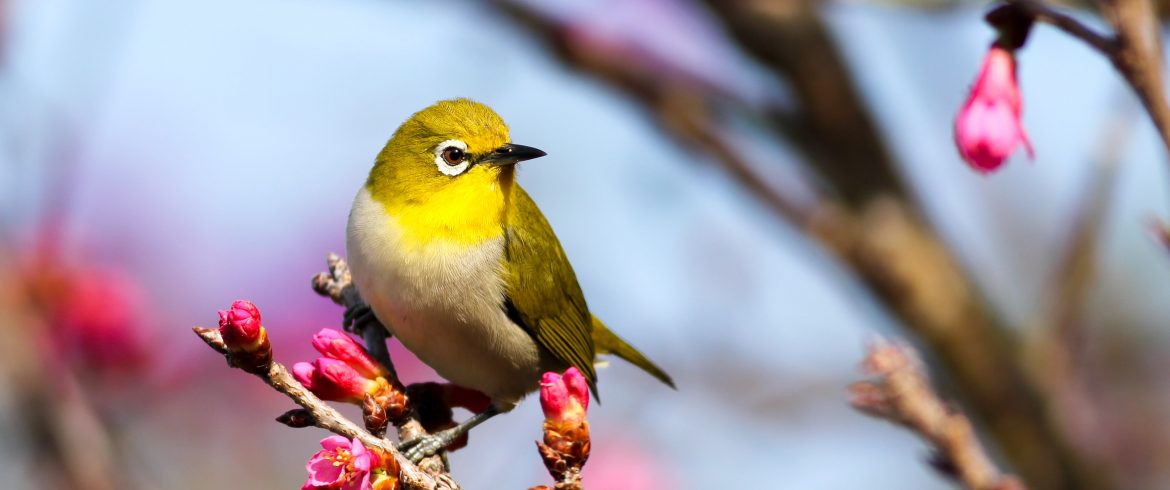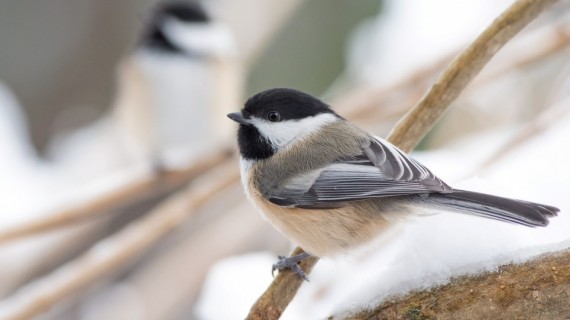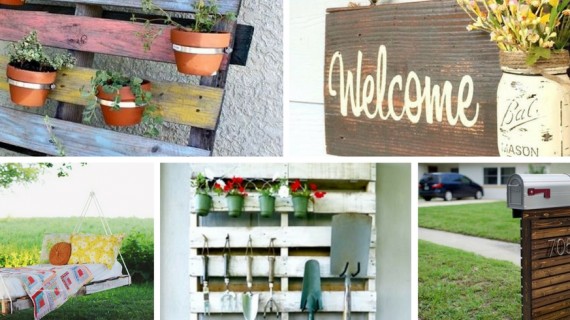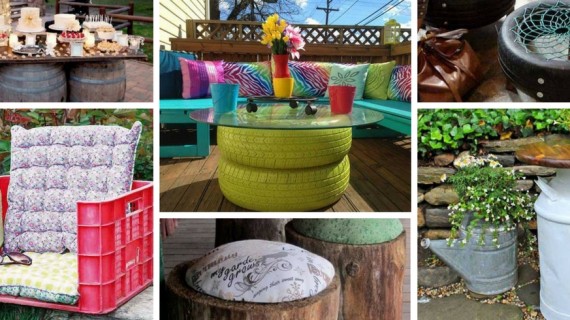Do you have a large space available on your terrace? Have you ever considered the idea of turning your balcony or terrace into a birdhouse? Follow our tips and learn how to do it in few simple moves!
Among the most popular trends of the last period, there is the so-called ‘birdgarden’ a small paradise of biodiversity. It consists in creating an outdoor space which attracts birds, using specific plants and varieties of fruits. Also, you can create a refuge with wooden houses.
Let’s see some practical tips to give life to your birdgarden.
1. Select the right plants
It is extremely important to select flowers and plants whose colors and scents attract birds. In fact, aromatic herbs would be perfect. Even better if you can find colorful plants that produce seeds, such as sunflowers or rose hips, so you can also feed birds.
In addition, it is really useful to consult your trusted botany supplier to find out which plant varieties are best suited to the climatic conditions of where you live. In this way, you will be able to guarantee the plants development and flowering.
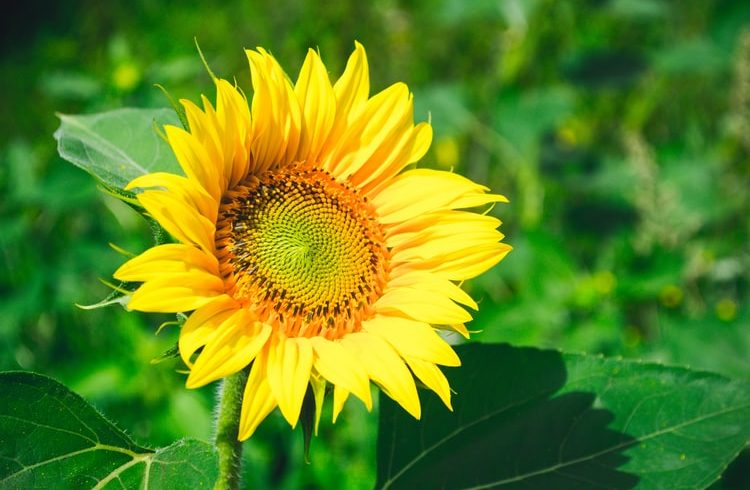
Other types of plants suitable for birdgarden:
- Shrubs of the cotoneaster genus; their multicolored berries attract several birds.
- Climbing plants like ivy. In fact, they are a perfect refuge for many animals.
- Hawthorn: provides birds with tasty berries.
- Fruit trees like medlar, apple and pear trees.
- Aromatic plants that attract many insects.
2. Welcome your birds with water and food
There must always be a tub with water and food available for birds. In this way you will make your new guests feel at home. Cover the food with a small roof or put it between branches and plants, so it can only be reached by small birds and not, for example, by pigeons. As food you can opt for chopped corn, pieces of dried or fresh fruit, wheat, bread crumbs.
Another fantastic idea would be to create the new birdhouse, reusing recycled materials such as old glass jars, wooden frames or plastic bottles.
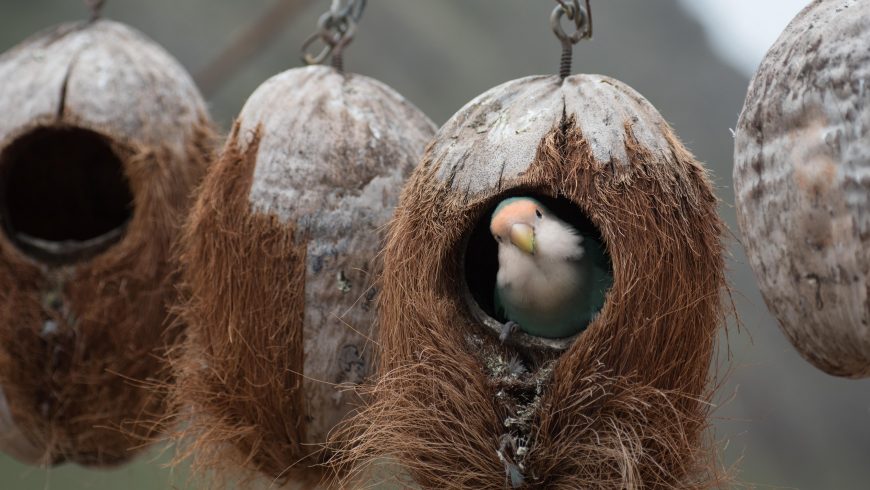
3. Place artificial nests
A further idea to welcome the newcomers and encourage them to procreate, would be to create artificial nests. Whether they are DIY or purchased, they are a great solution to make your refuge welcoming for the birds.
The perfect time to set up a little artificial nest would be before the spring begins, around March. In this period, in fact, the birds are starting to mate and they will be looking for a nest. The most common artificial nests are made of wood and have different dimensions. There are, however, also nests made of clay and cement.
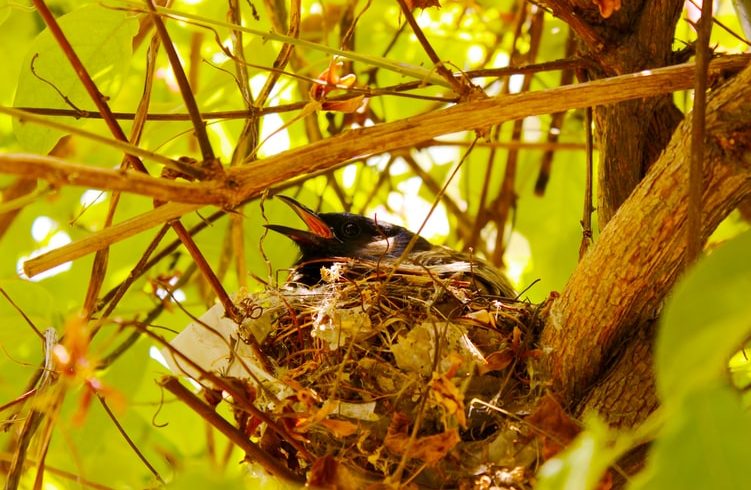
4. Use anti-collision stickers
If you have large glass walls, remember to put anti-collision shapes to the glass. They are special stickers that simulate the presence of other birds. In this way the host birds will never come close to the glass and they won’t get hurt.
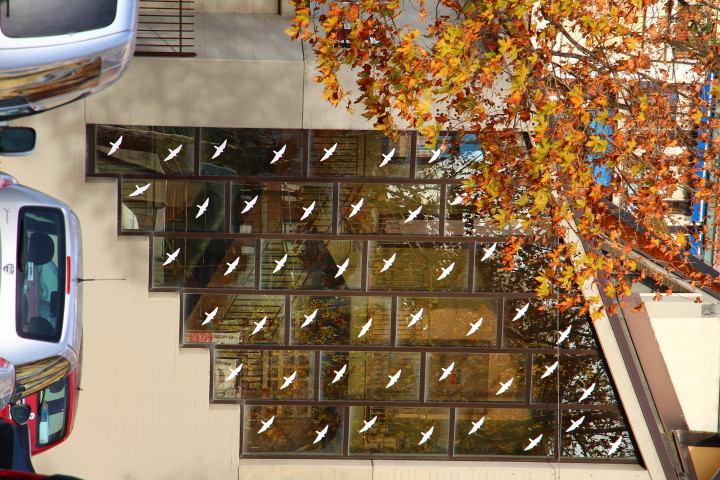
As a matter of fact, the windows are very dangerous for the birds for two main reasons:
- The glass is transparent: the bird doesn’t perceive the obstacle between it and what is beyond the glass.
- They reflect the surrounding environment: the sky and the trees are reflected and they lead the bird to believe that it is in front of a vital space.
If you’re a birdwatching lover, I also recommend installing a go-pro on one of the playhouses to get beautiful pictures of your new friends.
Did you like this idea? Take advantage of the warm period and start to build your little corner of nature directly on the balcony or on the terrace of your house or your B&B. Share your experience by leaving a comment!
Cover Photo: Photo by Boris Smokrovic on Unsplash
